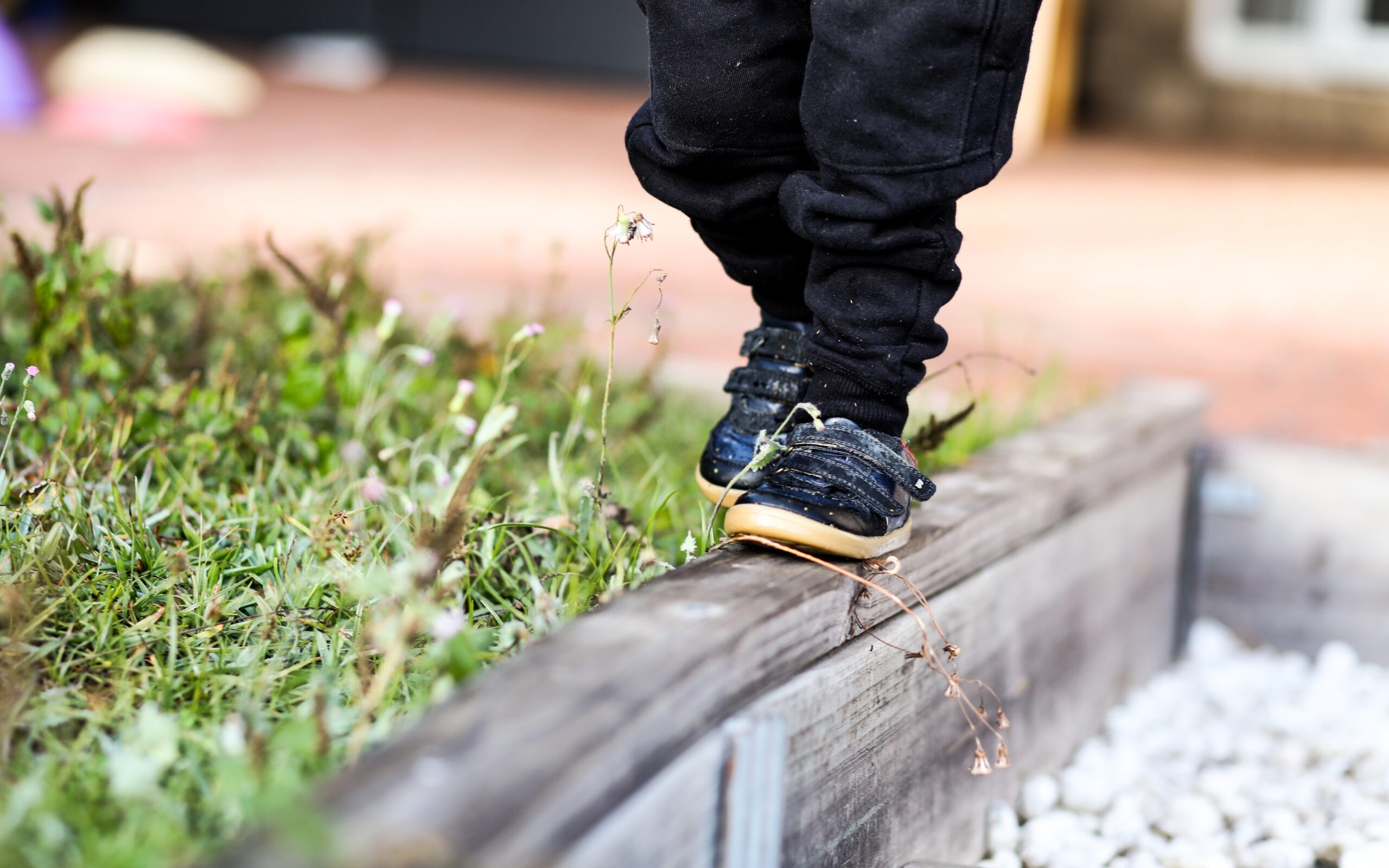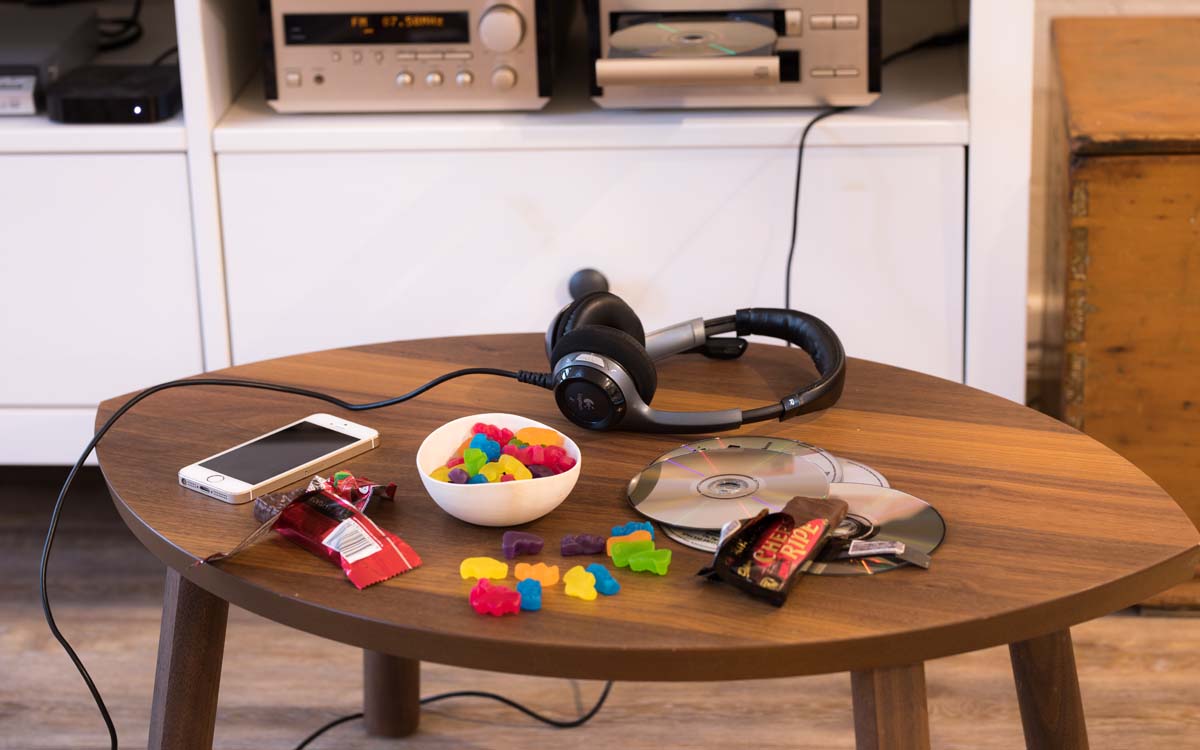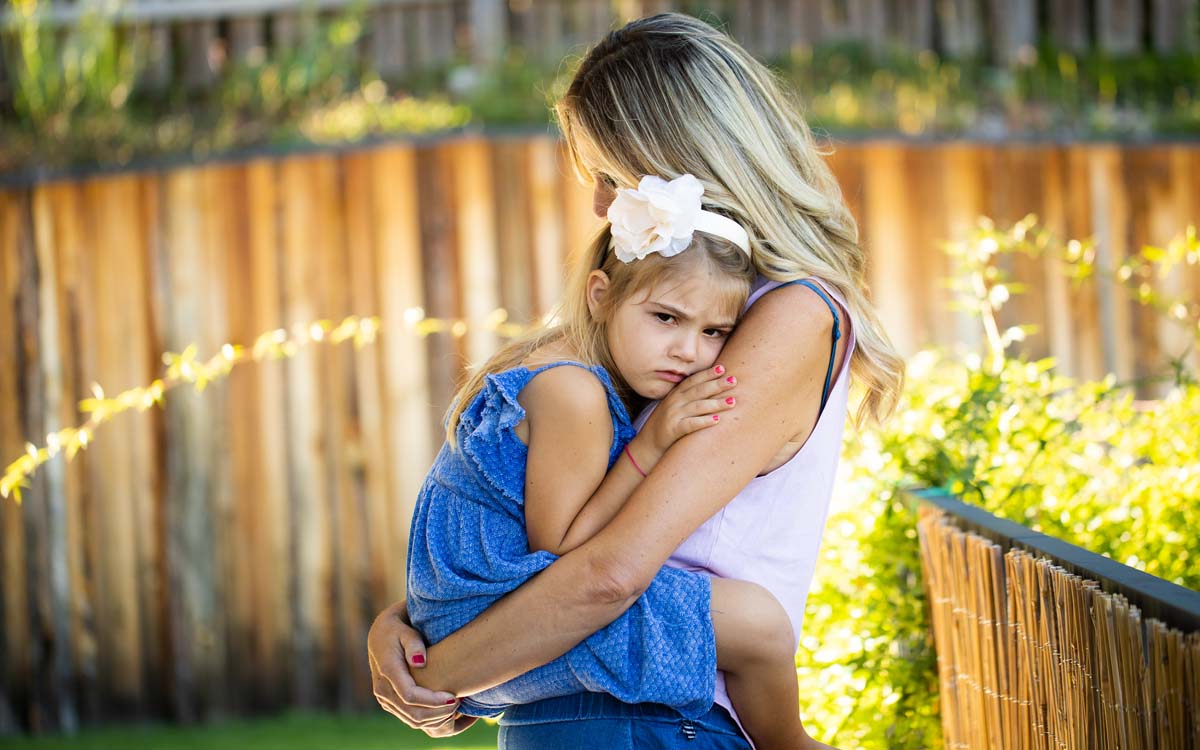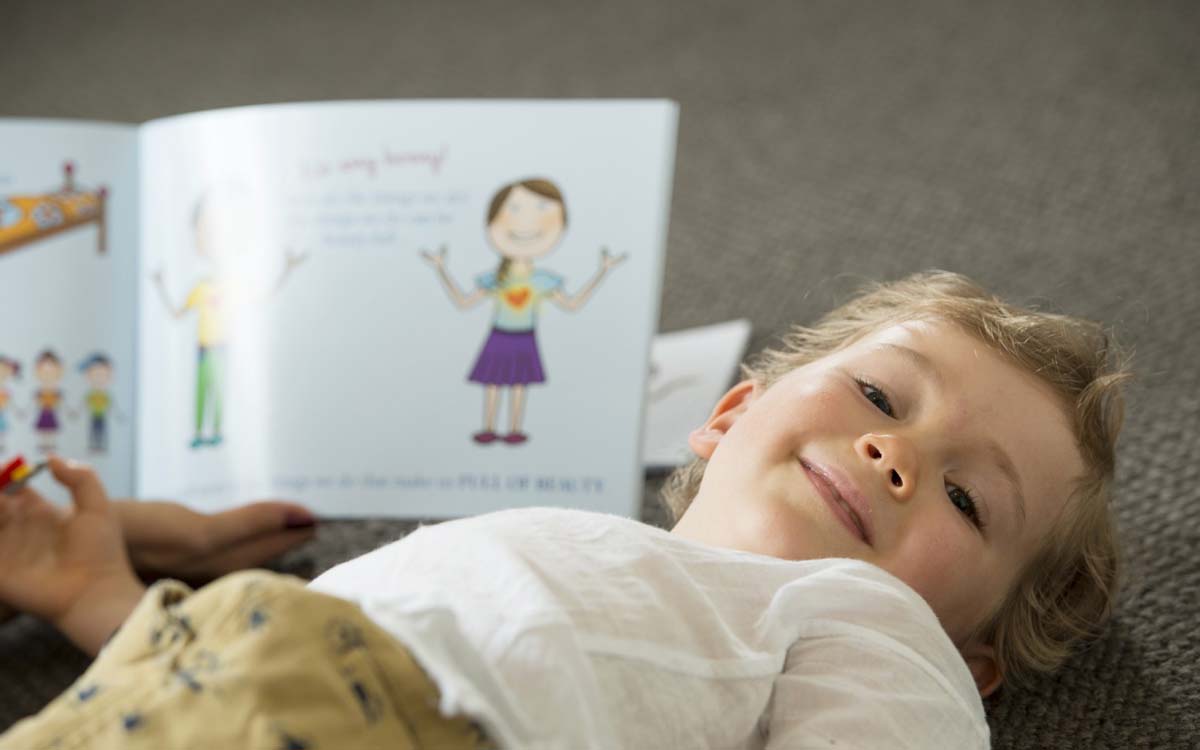Tantrum behaviours are often seen as a person somehow being ‘wrong’, ‘bad’, ‘contrary’ or ‘naughty’. But the truth is that all behaviour is a form of communication. Toddlers having a tantrum is quite a common occurrence; in fact, all children (0 to 100+) have been known to have tantrums at times. But why, when our innate way of being is to be in a state of harmony and settlement, are so many of us (and definitely not just toddlers) prone to tantrums or meltdowns?
Rather than narrowly reduce our emphasis to the disturbance such a crisis undoubtedly creates, this article explores one factor that can be a prominent precurs or to tantrums… and that is anxiety.
Non-preferred or unwanted behaviour, including tantrums, can be the outplay of many factors and can often be traced back to a person experiencing varying intensities of anxiety. Thus, to understand what is happening we need to gain an understanding of anxiety.
There are two descriptions of anxiety that resonate strongly in this author’s experience:
- Not feeling safe to express can lead to anxiety.
- Anxiety (body) is the perception of not being equipped (skills) to respond to the life lesson presented.
When addressing the first point it is simply about offering a foundation that supports children of all ages to feel safe to express and be all that they in truth are … the awesome, amazing, lovable being innate in us all and without exception.
When addressing the second point we need to be open to understanding and exploring that for unwanted behaviour to occur from a body, there is without any doubt an aspect of life the person perceives they do not yet have all the required skills to respond to. And then there are also occasions when people do not want to see and acknowledge that they are in fact equipped to handle what life has presented.
Thus, tantrums and all non-preferred or unwanted behaviour is quite simply another way someone can communicate their struggle to cope with what life has presented or their reaction/s to being part of what life asks of them to be or do.
When a tantrum or meltdown is imminent, we could start by asking:
- What is this person trying to communicate?
- What is the aspect of life they are finding uncomfortable, difficult or challenging in some way?
- What does the person perceive they are not yet completely equipped to respond to? And… is that true or could there be an avoidance of responsibility and to respond differently?
When a person does not feel equipped (in their perception, whether true or not) to respond to what life is presenting, their anxiety levels will increase. This will always be a sign that unwanted behaviours are on the horizon.
To effectively support lasting change with tantrums and unwanted behaviour, whether relatively mild or extreme, we must first arrive at a place of understanding and not judge the behaviour as wrong – otherwise, our own reactions will only further fuel the behaviour rather than diffuse the situation. We need to remember that any behaviour is always a form of communication.
There are three simple steps to support our tantrumming child to grow to be the independent, responsible and connected being they innately are; someone who feels equipped and is willing to respond to all parts of life. These steps relate to:
- Body
- Life
- Skills
Step One – Body
Learning to observe the body and all the behaviours we use. The body will be the first and most honest form of communication to indicate when anxiety levels are increasing. As soon as a body leaves a calm and tension-free state it might be experiencing anxiety, which, if left unaddressed, can lead to a whole array of unwanted or non-preferred behaviours.
Step Two – Life
As soon as a body is no longer using calm and preferred behaviours, we know it is that person’s way of saying life has just become uncomfortable, difficult or challenging in some way. Step two is about identifying the aspect of life a person losing their temper findsdifficult to come to terms with. This is the part of life the person perceives they are not yet adequately equipped to respond to and/or outright avoids.
For example – once the unwanted behaviour signs start, is it possible that:
- This person is tired
- This person is hungry
- This person is thirsty
- This person is hotor cold
- This person is struggling with the behaviour of the other kids they are playing with
- This person is struggling with the word ‘no’
- The person is struggling with what they are feeling and have become aware of?
… an endless list in fact!
Step Three – Skills
This step is about teaching the person new skills; new wanted or preferred behaviours that will enable them to feel more equipped to respond to life and what life is presenting. As a parent, one of our key roles is to offer children the opportunity to develop skills to respond to all aspects of life – never assume skills will just be picked up or learnt automatically.
Thus, when supporting a person using unwanted behaviour(s), it is first about us developing UNDERSTANDING
- Understanding that each person’s behaviour is a form of communication … telling us how they are experiencing life.
- Understanding that unwanted behaviours are a reaction to the part of life a person currently finds difficult or unwelcome in some way.
- Understanding that we must first connect with our child and truly meet them for who they are … the awesome, amazing, lovable being that is innate in us all.
- Understanding that a parent’s role is that of a life teacher… to teach a child to respond to life and all that life presents and never to expect that life skills will automatically be learnt.
- Understanding that when a person perceives they have the required skills to respond to life, their anxiety levels will be lowered and thus preferred behaviours will become the norm.
With understanding, we allow all children (and not just our own) and all adults to:
- Feel safe to express who they innately are.
- Feel equipped to respond to life and all that life presents.
Likewise, as what goes around comes around, with understanding we also give ourselves permission to:
- Feel safe to express who they innately are.
- Feel equipped to respond to life and all that life presents.







